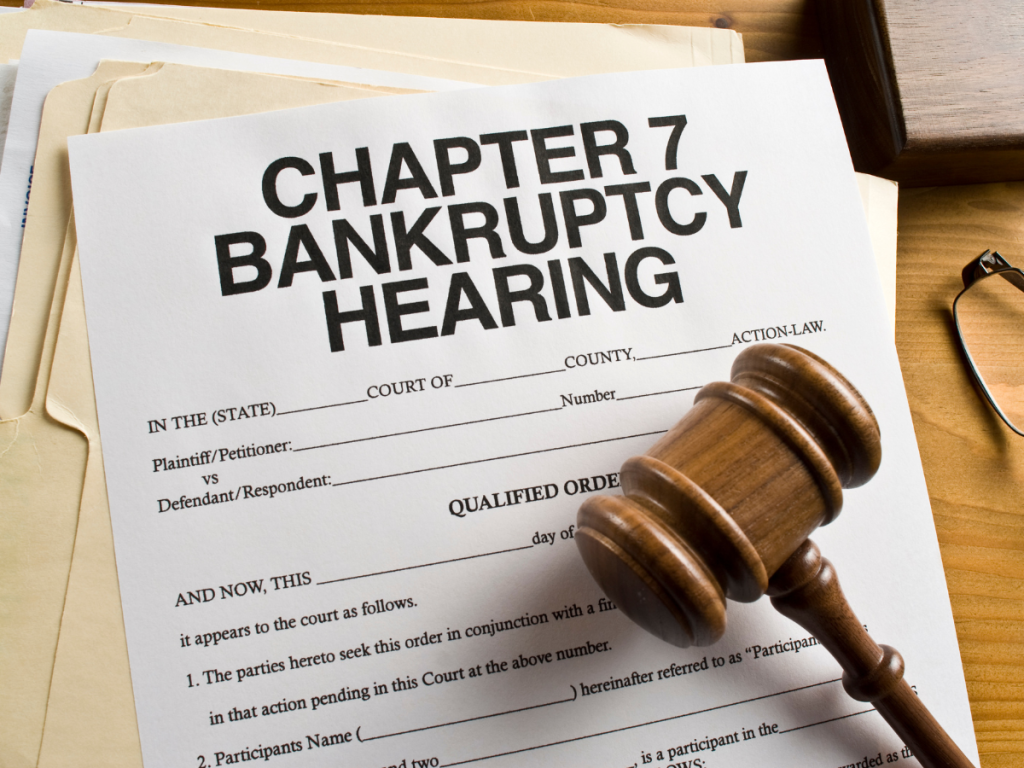For many people struggling with overwhelming debt, Chapter 7 bankruptcy can feel like a lifeline. Often called a “fresh start” bankruptcy, it allows qualifying individuals to wipe out most unsecured debts and move forward without the crushing weight of credit card balances, medical bills, or personal loans.
But before you decide to file, it’s important to understand how Chapter 7 works, who qualifies, and what alternatives may be available. This guide covers the eligibility requirements, filing process, and debt relief options you should consider before taking this major financial step.
What Is Chapter 7 Bankruptcy?
Chapter 7 bankruptcy, also known as liquidation bankruptcy, is a legal process that helps individuals (and sometimes businesses) eliminate unsecured debts. A bankruptcy trustee may sell certain non-exempt assets to repay creditors, though many people are able to keep most or all of their property through exemptions.
Once the process is complete, most remaining eligible debts are discharged—meaning you are no longer legally obligated to pay them.
Chapter 7 Bankruptcy Eligibility
Not everyone qualifies for Chapter 7 bankruptcy. The court uses a means test to determine whether you’re eligible:
-
Income Requirements: Your household income must fall below your state’s median income for your family size. If it’s higher, additional calculations are required to determine eligibility.
-
Disposable Income Test: If your income is too high to qualify for Chapter 7, you may be required to file Chapter 13 bankruptcy instead, which involves a repayment plan.
-
Prior Bankruptcy History: You cannot receive a Chapter 7 discharge if you’ve had a previous Chapter 7 case discharged in the last 8 years (or Chapter 13 within the last 6 years).
The Chapter 7 Bankruptcy Process
The Chapter 7 filing process typically takes three to six months from start to finish. Here’s what to expect:
-
Credit Counseling: Before filing, you must complete a credit counseling course from an approved provider.
-
Petition Filing: You (or your attorney) file bankruptcy forms with the court, disclosing income, debts, assets, and expenses.
-
Automatic Stay: Once filed, creditors must stop collection activities, including phone calls, wage garnishments, and lawsuits.
-
Trustee Appointment: A trustee is assigned to review your case, liquidate non-exempt assets if necessary, and oversee the process.
-
341 Meeting of Creditors: You attend a short meeting with the trustee (and sometimes creditors) to answer questions under oath.
-
Debt Discharge: After the process is complete, eligible debts are officially wiped out, giving you a clean slate.
Debts That Can Be Discharged in Chapter 7
Chapter 7 bankruptcy can eliminate many types of unsecured debt, such as:
-
Credit card balances
-
Medical bills
-
Personal loans
-
Utility bills
-
Certain tax debts (with restrictions)
However, some debts cannot be discharged, including:
-
Student loans (in most cases)
-
Child support and alimony
-
Most tax obligations
-
Court fines and restitution
Pros and Cons of Chapter 7 Bankruptcy
Pros:
-
Discharges most unsecured debts within a few months
-
Stops creditor harassment and lawsuits
-
Provides a financial reset and peace of mind
Cons:
-
May require selling non-exempt property
-
Remains on your credit report for up to 10 years
-
May not discharge all debts (like student loans or support obligations)
-
Can make it harder to get loans or credit for several years
Alternatives to Chapter 7 Bankruptcy
Bankruptcy is a powerful tool, but it isn’t the only way to handle overwhelming debt. Depending on your situation, you may want to consider alternatives such as:
-
Debt Management Plans (DMPs): Work with a credit counseling agency to lower interest rates and consolidate monthly payments.
-
Debt Settlement: Negotiate with creditors to pay a lump sum that’s less than what you owe.
-
Debt Consolidation Loans: Combine multiple debts into one loan with a lower interest rate, making repayment more manageable.
-
Budgeting and Negotiation: Sometimes, simply working directly with creditors for hardship programs can lower payments or interest.
Final Thoughts
Chapter 7 bankruptcy can be a valuable solution for people drowning in debt, but it’s not right for everyone. Understanding the eligibility requirements, filing process, and possible alternatives can help you make an informed decision.
Before filing, consider speaking with a bankruptcy attorney or certified credit counselor to explore all of your options. Whether Chapter 7, Chapter 13, or another debt relief strategy is best for you, the right plan can help you regain control of your finances and build a more stable financial future.






Recent Comments